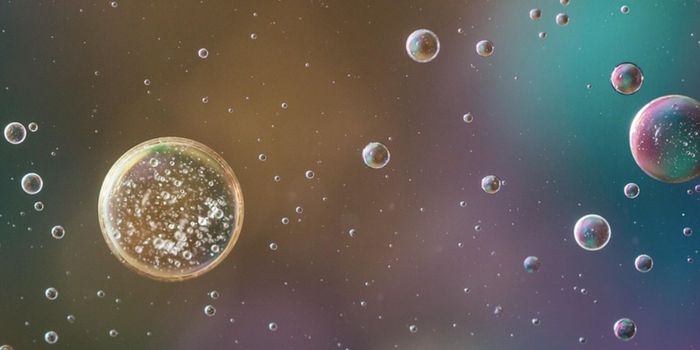Scientists Discover Viruses That Infect Archaea
Scientists have been trying to learn more about archaea since these microbes were discovered in the 1970s. Their DNA is not contained in a nucleus, so they are a type of prokaryote, and were initially thought to be bacteria. But research showed they are unique, and occupy their own branch on the tree of life. Some think that these microbes gave rise to all eukaryotic life, including us. One challenge in researching archaea is that they have been very difficult to grow in the lab. Only one starin has been successfully cultured so far.
Some scientists are making progress, however. New research reported in Nature Microbiology has outlined the discovery of viruses that infect archaeal cells. The genomes of six double-stranded DNA (dsDNA) were revealed. These viruses infected Lokiarchaeota and Helarchaeota, two types of archaea in the Asgard phylum.
The research indicated that these viruses are "relatively large" - up to 117 kilobases in length. They encode for a variety of proteins that enable them to perform many functions in a semi-autonomous way, including genome repair and replication. The viruses have characteristics that can be found in other prokaryote-infecting as well as eukaryote-infecting viruses, and could bridge the gap between these cells.
It's possible that some other type of microbe, possibly even a virus, infected Asgard archaea long ago, which gave rise to a hybrid organism. That new kind of organism may have undergone further evolutionary changes to create a complex, proto-eukaryotic cell that contained organelles or membrane-bound compartments. Such a cell may have eventually given rise to all eukaryotes, including plants and animals. Recent research has suggested that all eukaryotic life is descended from an Asgard archaea, (named for the realm of the gods in Norse mythology). These archaea were found in sediments from a gravity core near Loki's Castle hydrothermal vent in the Arctic.
"This study is opening a door to better resolving the origin of eukaryotes and understanding the role of viruses in the ecology and evolution of Asgard archaea," said first study author Ian Rambo, PhD.
In this study, the scientists found evidence of the viral infection by looking through the genomes of the Asgard archaea for CRISPR sequences. CRISPR is a type of immune defense system used by microbes; they chop up viral DNA and can incorporate it into their genome to create a kind of 'memory' of the infection. Because archaea are still so tough to grow in the lab, the researchers were able to obtain samples of archaea from the environment, sequencing the DNA they isolated and piecing it together to see whole genomes.
Asgard archaea living now are thought to be the descendants of 2 billion-year-old microbes. The viruses that infected them are unusual.
"The most exciting thing is they are completely new types of viruses that are different from those that we've seen before in archaea and eukaryotes, infecting our microbial relatives," said corresponding study author Brett J. Baker, an associate professor at the University of Texas at Austin.









